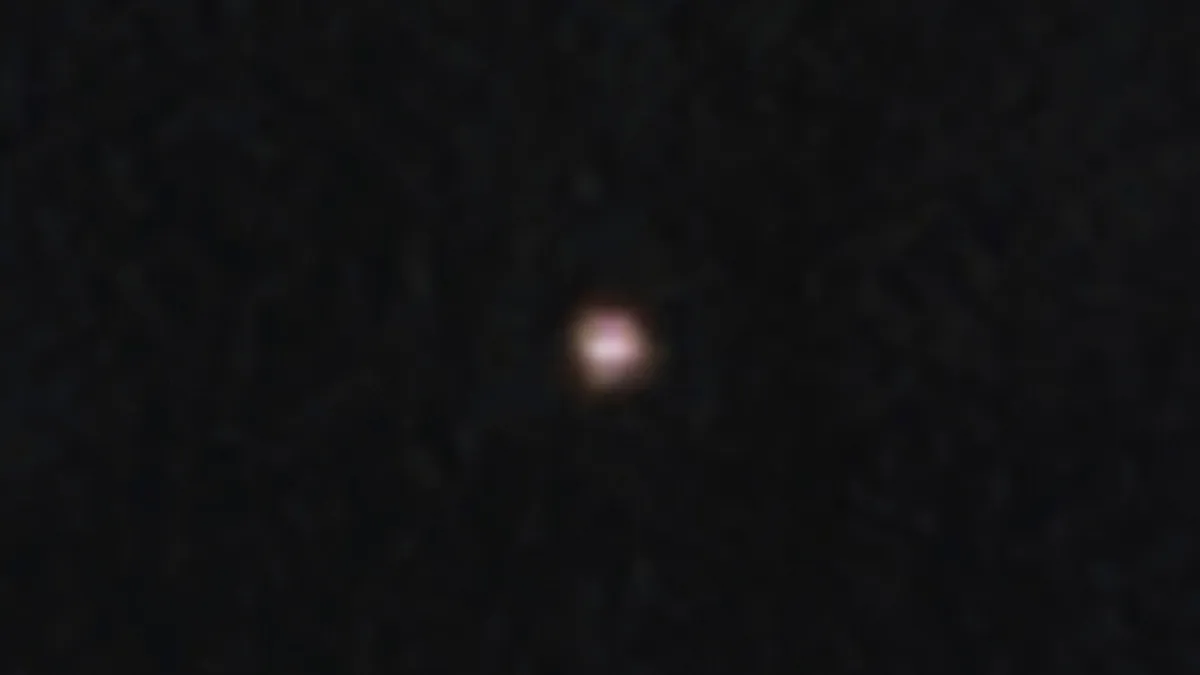
CAPE CANAVERAL, Fla. — The Webb Space Telescope has successfully captured images of the asteroid 2024 YR4, which gained significant attention earlier this year due to its potential threat to Earth. Discovered in late 2022, 2024 YR4 was initially estimated to have a 3% chance of colliding with Earth in 2032. However, further observations have nearly eliminated this risk, reducing it to virtually zero, although there remains a slight possibility of impact with the moon during the same period.
The asteroid 2024 YR4 makes its closest approach to Earth approximately every four years. Recent images released by NASA and the European Space Agency depict the asteroid as a fuzzy dot in the vastness of space. According to these space agencies, the asteroid measures nearly 200 feet (60 meters) across, which is comparable to the height of a 15-story building, marking it as the smallest object ever captured by the Webb Space Telescope, the most advanced observatory ever sent into space.
Johns Hopkins University astronomer Andrew Rivkin emphasized the importance of these observations, describing them as “invaluable” for future studies of other asteroids that might pose a threat to Earth. The data gathered from the Webb Space Telescope, along with ongoing tracking by ground telescopes, provides scientists with a unique opportunity to understand the characteristics of objects similar in size to 2024 YR4.
Rivkin stated, “All this gives us a window to understand what other objects the size of 2024 YR4 are like, including the next one that might be heading our way.” This insight is crucial for planetary defense strategies, as it enhances our ability to predict and potentially mitigate threats from space.
The Associated Press Health and Science Department benefits from the support of the Howard Hughes Medical Institute’s Science and Educational Media Group and the Robert Wood Johnson Foundation, but it is important to note that the AP is solely responsible for all the content presented in this article.